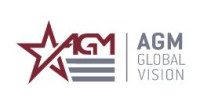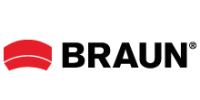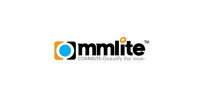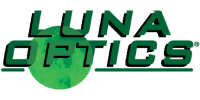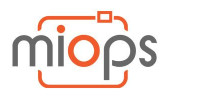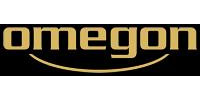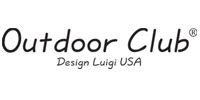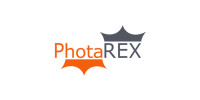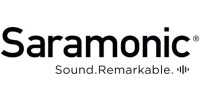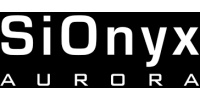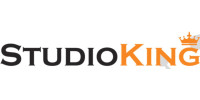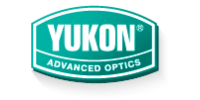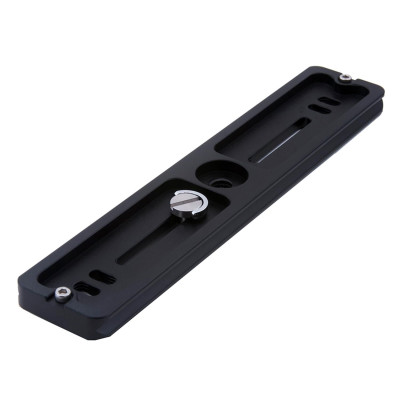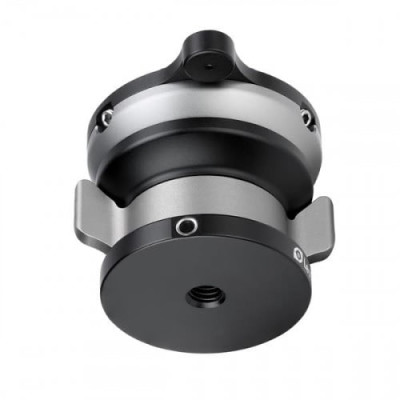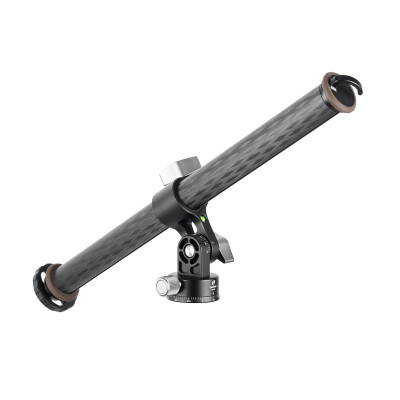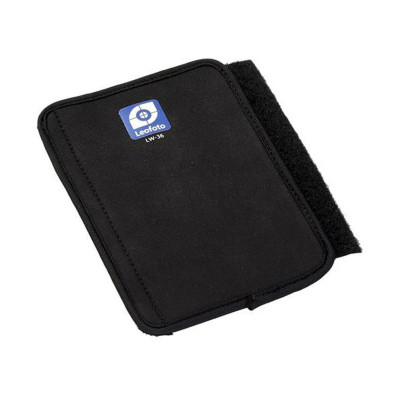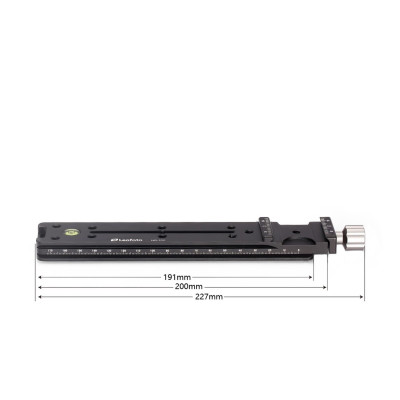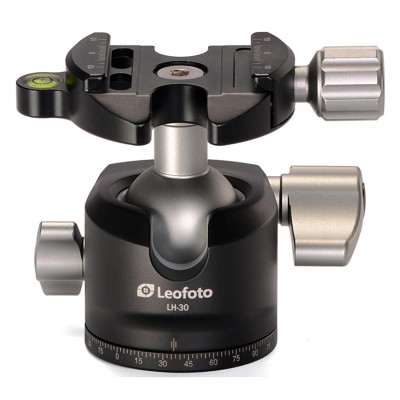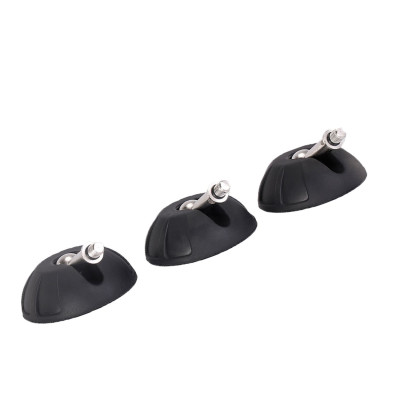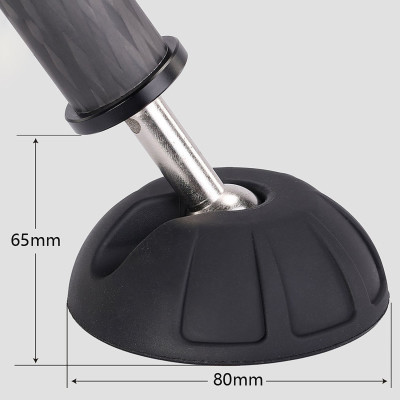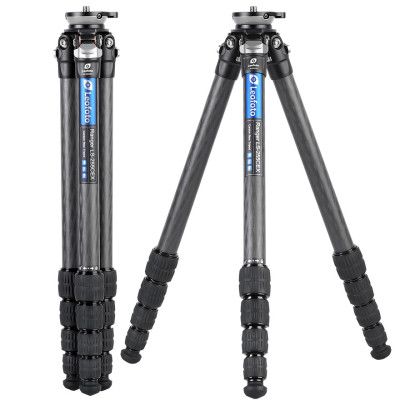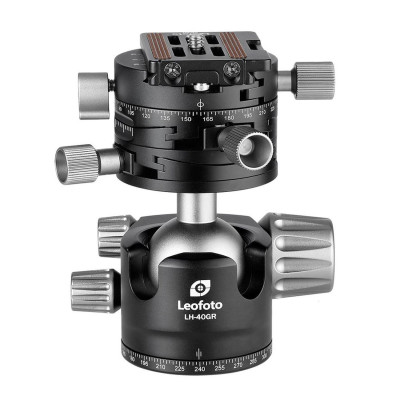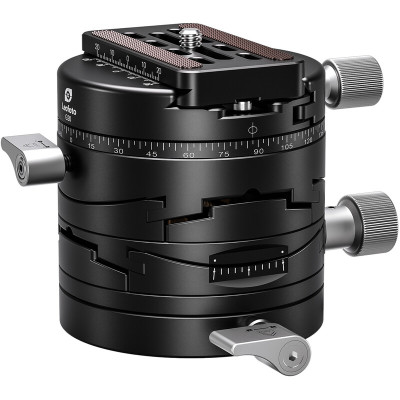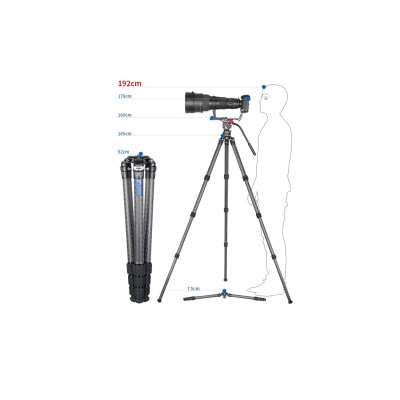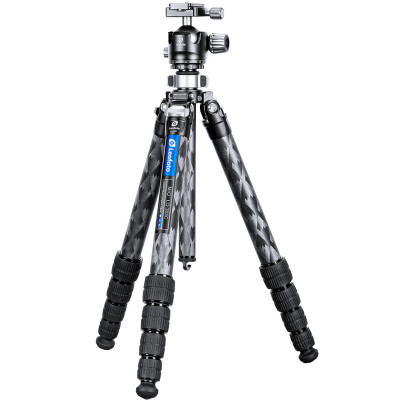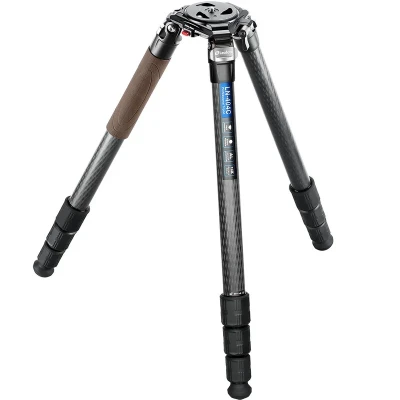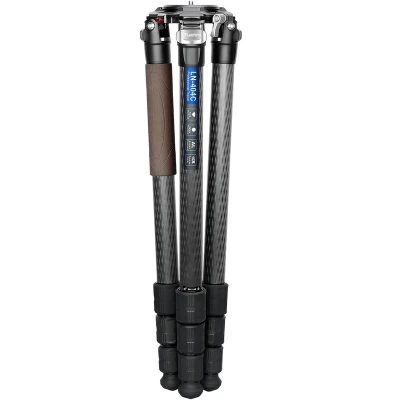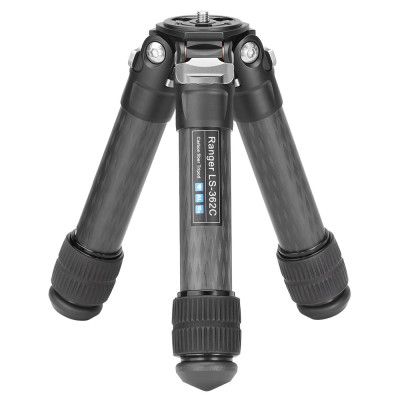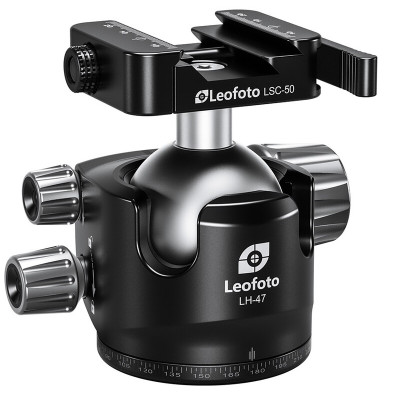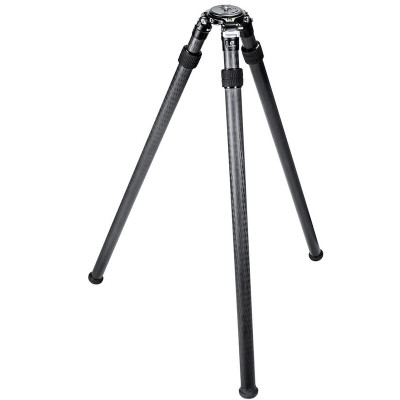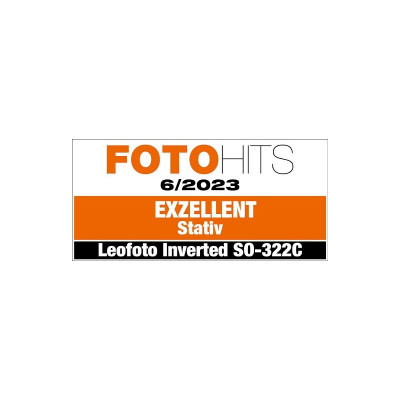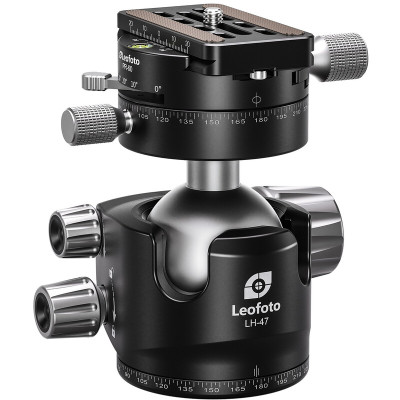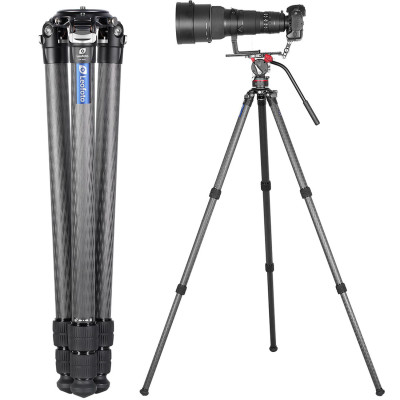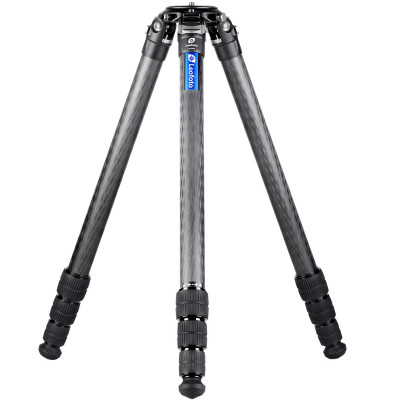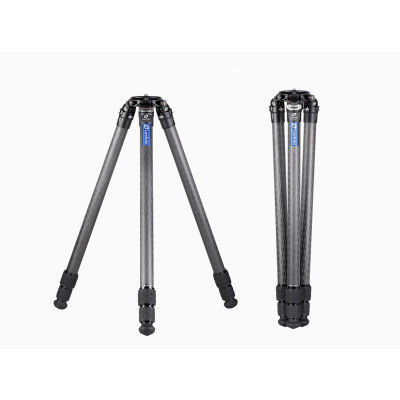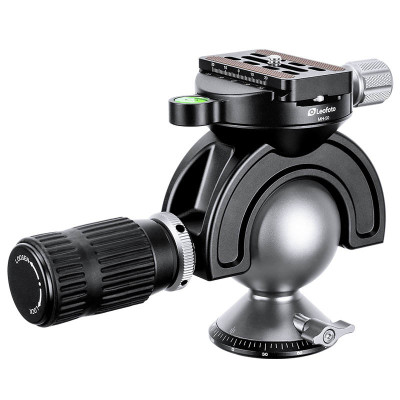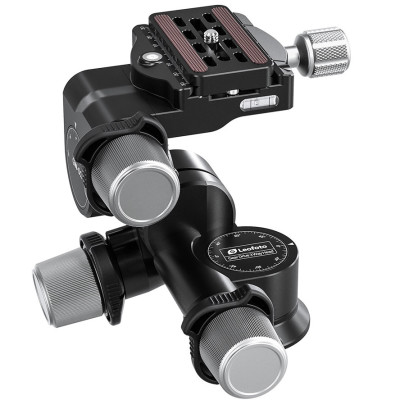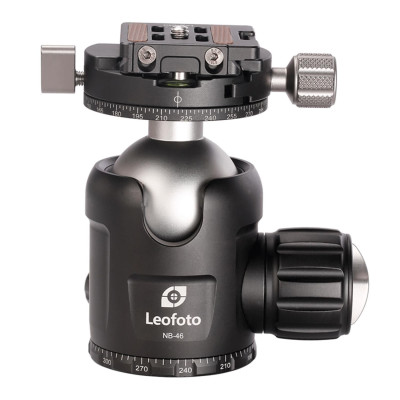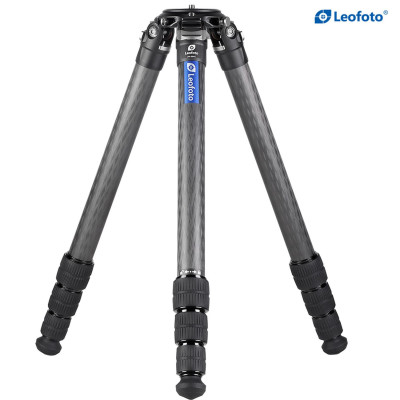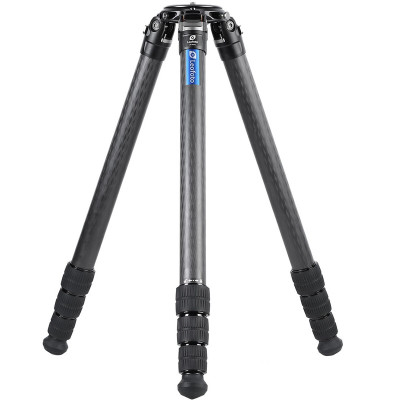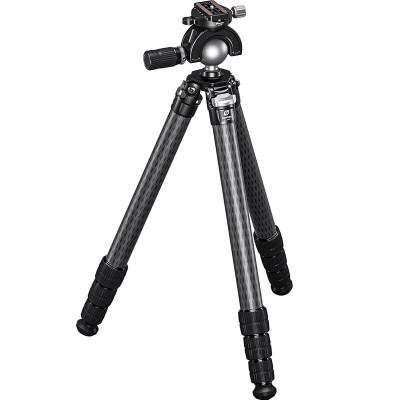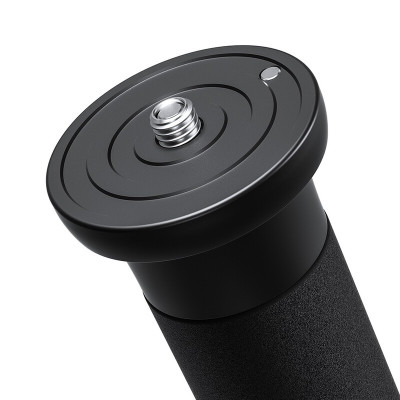Accessories
€ 159,00 *
Previous Price:
€ 179,00
- In Stock
-
Ready for shipment: 0 - 1 business days (DE - int. shipments may differ)
Leofoto
€ 17,90 *
- In Stock
-
Ready for shipment: 0 - 1 business days (DE - int. shipments may differ)
Leofoto
€ 22,90 *
- In Stock
-
Ready for shipment: 0 - 1 business days (DE - int. shipments may differ)
Leofoto
€ 12,90 *
- In Stock
-
Ready for shipment: 0 - 1 business days (DE - int. shipments may differ)
QR-Plates
Leofoto
€ 17,90 *
- In Stock
-
Ready for shipment: 0 - 1 business days (DE - int. shipments may differ)
Leofoto
€ 22,90 *
- In Stock
-
Ready for shipment: 0 - 1 business days (DE - int. shipments may differ)
Leofoto
€ 19,90 *
- In Stock
-
Ready for shipment: 0 - 1 business days (DE - int. shipments may differ)
Leofoto
€ 12,90 *
- In Stock
-
Ready for shipment: 0 - 1 business days (DE - int. shipments may differ)
Others also bought:
Leofoto
€ 83,00 *
- In Stock
-
Ready for shipment: 0 - 1 business days (DE - int. shipments may differ)
Leofoto
€ 14,95 *
- In Stock
-
Ready for shipment: 0 - 1 business days (DE - int. shipments may differ)
Leofoto
€ 22,90 *
- In Stock
-
Ready for shipment: 0 - 1 business days (DE - int. shipments may differ)
Leofoto
€ 12,90 *
- In Stock
-
Ready for shipment: 0 - 1 business days (DE - int. shipments may differ)
€ 159,00 *
Previous Price:
€ 179,00
- In Stock
-
Ready for shipment: 0 - 1 business days (DE - int. shipments may differ)
Leofoto
€ 20,90 *
- In Stock
-
Ready for shipment: 0 - 1 business days (DE - int. shipments may differ)
Leofoto
€ 379,00 *
- In Stock
-
Ready for shipment: 0 - 1 business days (DE - int. shipments may differ)
Leofoto
€ 79,00 *
Previous Price:
€ 89,00
- In Stock
-
Ready for shipment: 0 - 1 business days (DE - int. shipments may differ)
Leofoto
€ 14,95 *
- In Stock
-
Ready for shipment: 0 - 1 business days (DE - int. shipments may differ)
Leofoto
€ 19,90 *
- In Stock
-
Ready for shipment: 0 - 1 business days (DE - int. shipments may differ)
Leofoto
€ 14,95 *
- In Stock
-
Ready for shipment: 0 - 1 business days (DE - int. shipments may differ)
Leofoto
€ 45,90 *
- In Stock
-
Ready for shipment: 0 - 1 business days (DE - int. shipments may differ)
Leofoto
€ 55,00 *
- In Stock
-
Ready for shipment: 0 - 1 business days (DE - int. shipments may differ)
€ 229,00 *
Previous Price:
€ 249,00
- In Stock
-
Ready for shipment: 0 - 1 business days (DE - int. shipments may differ)
Leofoto
€ 60,00 *
- In Stock
-
Ready for shipment: 0 - 1 business days (DE - int. shipments may differ)
Leofoto
€ 199,00 *
- In Stock
-
Ready for shipment: 0 - 1 business days (DE - int. shipments may differ)
Leofoto
€ 17,90 *
- In Stock
-
Ready for shipment: 0 - 1 business days (DE - int. shipments may differ)
Leofoto
€ 129,00 *
- In Stock
-
Ready for shipment: 0 - 1 business days (DE - int. shipments may differ)
€ 359,00 *
- Supply Tiem 6-8 Weeks
Leofoto
€ 59,00 *
- Supply Tiem 6-8 Weeks
Related Items
€ 399,00 *
- In Stock
-
Ready for shipment: 0 - 1 business days (DE - int. shipments may differ)
Leofoto
€ 249,00 *
- In Stock
-
Ready for shipment: 0 - 1 business days (DE - int. shipments may differ)
€ 229,00 *
Previous Price:
€ 249,00
- In Stock
-
Ready for shipment: 0 - 1 business days (DE - int. shipments may differ)
Leofoto
€ 690,00 *
- In Stock
-
Ready for shipment: 0 - 1 business days (DE - int. shipments may differ)
€ 549,00 *
- In Stock
-
Ready for shipment: 0 - 1 business days (DE - int. shipments may differ)
Leofoto
€ 890,00 *
- Supply Tiem 6-8 Weeks
Leofoto
€ 259,00 *
- Supply Tiem 6-8 Weeks
Leofoto
€ 329,00 *
- In Stock
-
Ready for shipment: 0 - 1 business days (DE - int. shipments may differ)
Leofoto
€ 269,00 *
- In Stock
-
Ready for shipment: 0 - 1 business days (DE - int. shipments may differ)
Leofoto
€ 649,00 *
- In Stock
-
Ready for shipment: 0 - 1 business days (DE - int. shipments may differ)
Leofoto
€ 494,00 *
- In Stock
-
Ready for shipment: 0 - 1 business days (DE - int. shipments may differ)
Leofoto
€ 279,00 *
- In Stock
-
Ready for shipment: 0 - 1 business days (DE - int. shipments may differ)
Leofoto
€ 220,00 *
- Supply Tiem 6-8 Weeks
Leofoto
€ 609,00 *
- In Stock
-
Ready for shipment: 0 - 1 business days (DE - int. shipments may differ)
€ 599,00 *
- In Stock
-
Ready for shipment: 0 - 1 business days (DE - int. shipments may differ)
Leofoto
€ 239,00 *
- In Stock
-
Ready for shipment: 0 - 1 business days (DE - int. shipments may differ)
Leofoto
€ 569,00 *
- In Stock
-
Ready for shipment: 0 - 1 business days (DE - int. shipments may differ)
Leofoto
€ 279,00 *
- Supply Tiem 6-8 Weeks
Leofoto
€ 599,00 *
- Supply Tiem 6-8 Weeks
€ 429,00 *
Previous Price:
€ 499,00
- In Stock
-
Ready for shipment: 0 - 1 business days (DE - int. shipments may differ)
Leofoto
€ 210,00 *
- In Stock
-
Ready for shipment: 0 - 1 business days (DE - int. shipments may differ)
Leofoto
€ 659,00 *
- Supply Tiem 6-8 Weeks
Leofoto
€ 779,00 *
- Supply Tiem 6-8 Weeks
Leofoto
€ 469,00 *
- In Stock
-
Ready for shipment: 0 - 1 business days (DE - int. shipments may differ)
Leofoto
€ 529,00 *
- In Stock
-
Ready for shipment: 0 - 1 business days (DE - int. shipments may differ)
Leofoto
€ 259,00 *
- In Stock
-
Ready for shipment: 0 - 1 business days (DE - int. shipments may differ)
Leofoto
€ 739,00 *
- In Stock
-
Ready for shipment: 0 - 1 business days (DE - int. shipments may differ)
Leofoto
€ 719,00 *
- Supply Tiem 6-8 Weeks
Leofoto
€ 309,00 *
- In Stock
-
Ready for shipment: 0 - 1 business days (DE - int. shipments may differ)
Leofoto
€ 399,00 *
- In Stock
-
Ready for shipment: 0 - 1 business days (DE - int. shipments may differ)
Leofoto
€ 279,00 *
- In Stock
-
Ready for shipment: 0 - 1 business days (DE - int. shipments may differ)
Leofoto
€ 699,00 *
- Supply Tiem 6-8 Weeks
Leofoto
€ 399,00 *
- Supply Tiem 6-8 Weeks
Leofoto
€ 479,00 *
- In Stock
-
Ready for shipment: 0 - 1 business days (DE - int. shipments may differ)
Leofoto
€ 239,00 *
- Supply Tiem 6-8 Weeks
Leofoto
€ 399,00 *
- In Stock
-
Ready for shipment: 0 - 1 business days (DE - int. shipments may differ)
€ 199,00 *
- In Stock
-
Ready for shipment: 0 - 1 business days (DE - int. shipments may differ)
Leofoto
€ 579,00 *
- In Stock
-
Ready for shipment: 0 - 1 business days (DE - int. shipments may differ)
Leofoto
€ 299,00 *
- Supply Tiem 6-8 Weeks
Leofoto
€ 679,00 *
- In Stock
-
Ready for shipment: 0 - 1 business days (DE - int. shipments may differ)
€ 179,00 *
- In Stock
-
Ready for shipment: 0 - 1 business days (DE - int. shipments may differ)
€ 599,00 *
- Supply Tiem 6-8 Weeks
Leofoto
€ 839,00 *
- In Stock
-
Ready for shipment: 0 - 1 business days (DE - int. shipments may differ)
Leofoto
€ 199,00 *
- Supply Tiem 6-8 Weeks
Leofoto
€ 759,00 *
- Supply Tiem 6-8 Weeks


